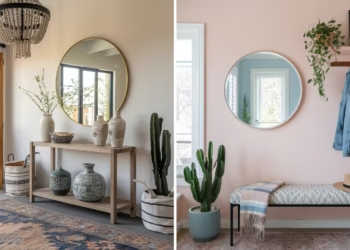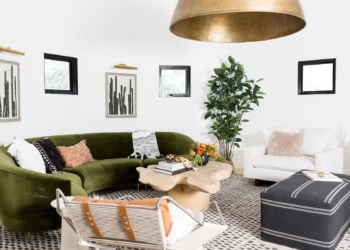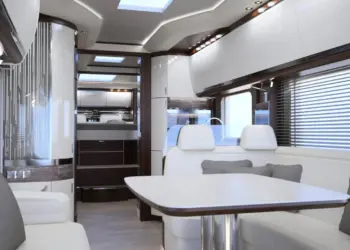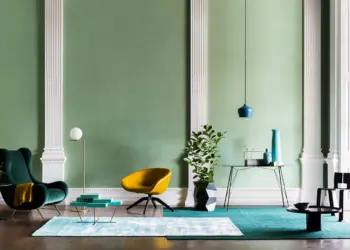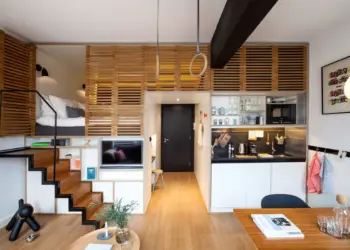When it comes to creating aesthetically pleasing and functional spaces, interior designers play a pivotal role. But have you ever wondered how much these creative professionals earn for their design expertise? In this article, we’ll delve into the world of interior design salaries, exploring the factors that influence earnings, industry trends, and what you can expect if you’re considering a career in interior design.
Table of Contents
Understanding the Role of an Interior Designers
Before we dive into the financial aspects, it’s essential to grasp the responsibilities of an interior designer. Interior designers are skilled professionals who conceptualize and execute interior spaces that are both beautiful and functional. They work closely with clients to understand their preferences, select appropriate materials, create layouts, and ensure that the final result aligns with the client’s vision.

Factors Influencing Interior Designers Salaries
Several factors impact how much an interior designer can make. Let’s break down some of the key influencers:
Experience and Expertise of the Interior Designers
Experience, like fine wine, tends to improve with time. Interior designers with a proven track record often earn more due to their wealth of experience, a portfolio of successful projects, and a solid client base. Specialized expertise in niche areas such as eco-friendly design or historical restoration can also lead to higher income potential.
Geographic Location of the Interior Designers
One of the most pivotal factors is where an interior designer practices their craft. For instance, designers working in major metropolitan areas tend to command higher fees compared to those in smaller towns or rural settings. The cost of living and demand for interior design services often dictate pricing.
Education and Certification of the Interior Designers
Formal education and industry certifications can significantly impact an interior designer’s earning potential. Professionals with degrees in interior design or related fields are generally seen as more qualified and can charge premium rates for their services. Certifications from recognized organizations like the American Society of Interior Designers (ASID) can also boost credibility and earnings.
Portfolio and Reputation of the Interior Designers
In the digital age, a strong online presence is crucial. Interior designers with an impressive portfolio and positive reviews on platforms like Houzz or Yelp often attract higher-paying clients. Building a stellar reputation takes time but pays off handsomely in the long run.
Type of Projects of the Interior Designers
The complexity and scale of projects also play a role. Designing a luxury penthouse will typically yield higher fees than decorating a small apartment.
Freelance vs. Full-Time
Some interior designers work as freelancers or independent contractors, while others are employed by design firms. Freelancers often set their rates and may have more control over their income.

Average Interior Designers Salaries
So, what’s the bottom line when it comes to interior designer salaries? The median annual wage for interior designers, as of the most recent data available, is approximately $56,040. However, this figure can vary significantly depending on the factors mentioned earlier.
Now, let’s dive into the nitty-gritty details. While the exact figures can vary, here’s a breakdown of the income ranges you can expect as an interior designer:
- Entry-Level Designers: Fresh graduates or those with minimal experience typically start at around $30,000 to $40,000 annually.
- Mid-Career Designers: After a few years in the industry, mid-level designers can earn anywhere from $45,000 to $70,000.
- Experienced Designers: Those with a decade or more of experience can reach annual incomes ranging from $75,000 to $100,000 or more.
- Top-Earners: Elite designers who have built prestigious reputations can earn well into the six figures, with some commanding fees of $200,000 or higher for high-profile projects.

Strategies for Maximizing Your Earnings as an Interior Designers
If you aspire to be at the top of your game in the interior design world, consider the following strategies:
Specialize Wisely
Choose a niche that aligns with your passion and market demand. Specialization allows you to charge premium rates and stand out in a crowded field.
Build an Online Presence
Create a professional website and showcase your best work. Utilize social media platforms and write blogs to demonstrate your expertise and connect with potential clients.
Network Effectively
Attend industry events, join professional organizations, and foster relationships with architects, contractors, and suppliers. Word-of-mouth referrals can be a significant income booster.
Continuous Learning
Stay updated with the latest trends and technologies in interior design. Investing in your education can make you more competitive in the field.
Pricing Strategy
Don’t undervalue your skills. Set competitive but fair pricing that reflects your experience and expertise.
Customer Service
Excellent customer service leads to repeat business and referrals. Happy clients are more likely to recommend you to others.

Industry Trends
Sustainable Design
With growing environmental awareness, sustainable and eco-friendly design has gained popularity. Interior designers who specialize in green design may find themselves in higher demand and potentially command higher fees.
Technology Integration
Incorporating technology into interior design, such as smart home features and virtual reality, can set you apart in the industry and lead to more lucrative opportunities.
Online Presence
Maintaining a strong online presence through a portfolio website or social media can help interior designers attract clients and showcase their work, potentially leading to higher-paying projects.
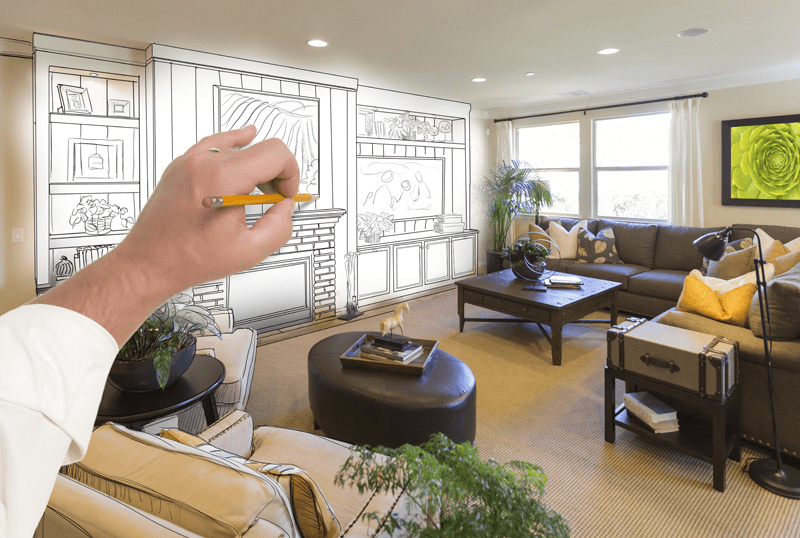
Career Outlook
The Bureau of Labor Statistics projects a stable job outlook for interior designers in the coming years, with a 3% growth rate, which is about as fast as the average for all occupations. As businesses and homeowners continue to invest in the aesthetics and functionality of their spaces, the demand for interior designers remains steady.
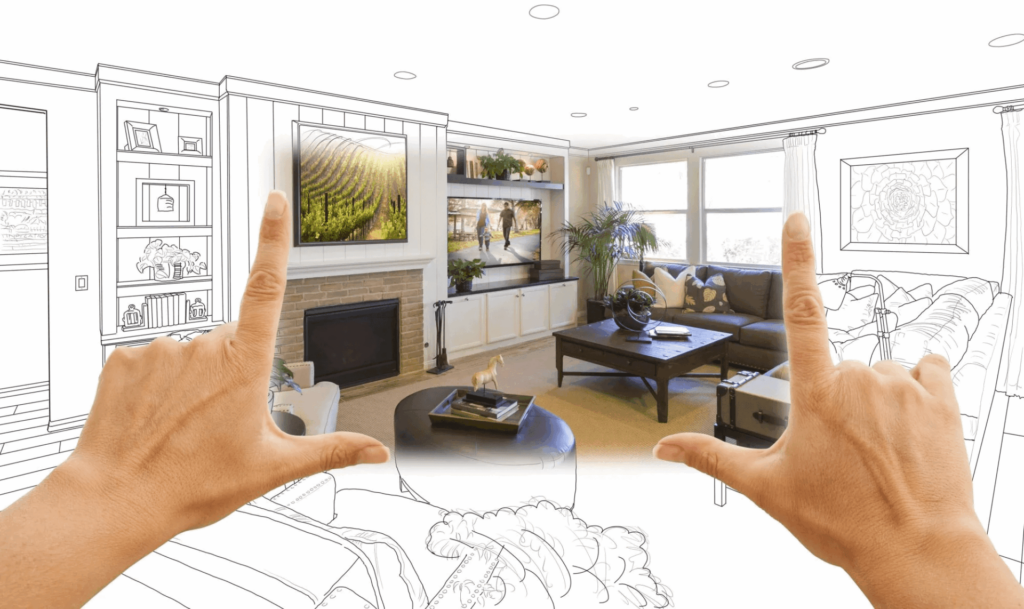
In conclusion, the salary of an interior designer can vary widely based on factors such as experience, location, education, project type, and work arrangement. It’s an exciting field with opportunities for growth, especially for those who stay current with industry trends and continuously refine their skills.
FAQs
Do interior designers need a degree to practice?
While formal education is not always mandatory, having a degree in interior design or a related field can enhance your career prospects.
Is it possible to specialize in a particular type of interior design?
Yes, many interior designers specialize in areas like residential, commercial, sustainable, or hospitality design.
Can interior designers work from home?
Yes, freelancing and remote work opportunities are available for interior designers, making it possible to work from home.
How do interior designers charge for their services?
Interior designers typically charge based on factors like hourly rates, flat fees, or a percentage of the project’s total cost.
What skills are essential for a successful career in interior design?
Key skills include creativity, communication, problem-solving, attention to detail, and a strong understanding of design principles.
Can you make good money as an interior designer?
Yes, you can make good money as an interior designer, with income varying based on factors like experience, location, and specialization.
What is the highest paid interior design job?
The highest-paid interior design jobs often include roles in commercial design, luxury residential design, and specializing in niche areas like healthcare or hospitality design.
Is interior design a good job?
Interior design can be a rewarding and creative profession for those passionate about it. It offers the opportunity to earn a good income and make a positive impact on living spaces.
Do interior designers make good money in the UK?
Yes, interior designers in the UK can make a good income, especially in cities like London where demand for design services is high. Earnings can vary based on experience and clientele.


